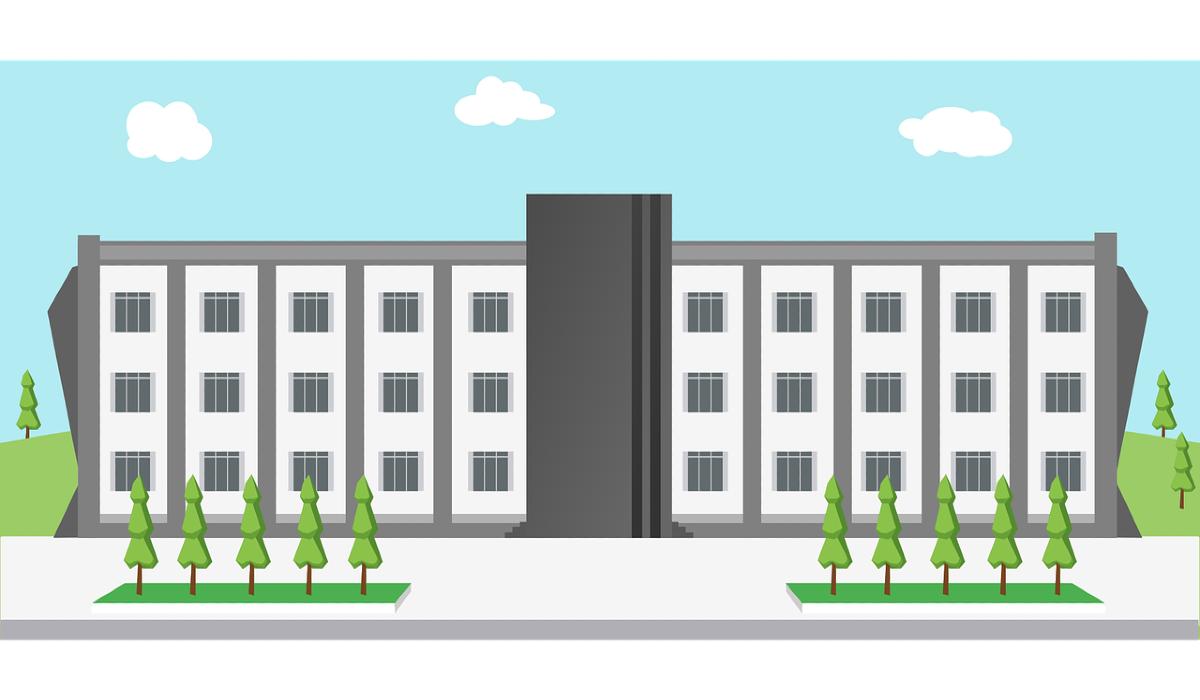4 Trends That Show How Educational Architecture Has Changed

You might not have noticed how much the features of your school or college affected your education and development. Educational architecture shapes our lives. Aside from the home, the school house might be the most important architectural influence on our lives.
From the monastic influenced architecture of the high school to the radical anti-institutional design of modern campuses, where we learn can influence how we learn.
Here are four trends that show how educational architecture has changed through the ages:
The Monastic Tradition
Educational architecture owes a great deal to the monastic architectural tradition. Our schools and universities often contain architectural features such as cloisters, quads, bell towers and halls. These were inherited from the catholic monastery.
There is a perfectly reasonable explanation for this: early schooling was often conducted by monks. The monastic ideals of piety and contemplation were seen to be enhanced by architecture, and be wholly appropriate for an educational setting. Monastic DNA is undoubtably present in educational buildings to this day.
Post War, Post Design?
Many of us have grim memories of the temporary classroom. In the aftermath of the second world war, the popularity of the temporary building exploded. Temporary buildings allowed educators to quickly build facilities with minimal budgets.
These buildings were only meant to be temporary. Many soldiered on into the 21st century. An old ‘temporary’ building is not a good educational space. If you are an educator then it might be time to move into something a little more specialized. Consulting with a commercial builder such as https://jaxbuilders.ca is a good first step towards planning a more appropriate educational environment.
Creative Anti-Institutionalism
Educational buildings are often said to be designed for their administrators as opposed to their students. They are seen as zones of control and manipulation, influenced by the rigid monastic rule.
The turn towards creative anti-institutionalism in educational architecture turns that on its head. Creative anti-institutionalists seek to find ways to design buildings that provoke structural upheaval. How can a school hall provoke power exchanges? Some architects have used clever acoustic design elements or deliberately unassuming social zones to create areas where students feel empowered.
Of course, very few schools actually impose these changes, but there is a growing shift in architecture towards designing away from institutional power.
The Therapeutic Space
The therapeutic space – or environment – was a concept popularized in the Victorian era. Essentially, the idea is that the benefits afforded to the inhibitor of a space are not limited to benefits of utility. Instead, a space can offer deeper comfort and rejuvenation.
This concept has been truly expanded on in education. It is the goal of an educational architect to provide an equal playing field for a diverse set of students. Designing a therapeutic space – where students can feel at peace regardless of their circumstance – can go a huge way towards ensuring that the internal society of an institution is balanced. Schools of educational design differ in how they offer therapeutic space: there is no consensus on what is appropriate.
